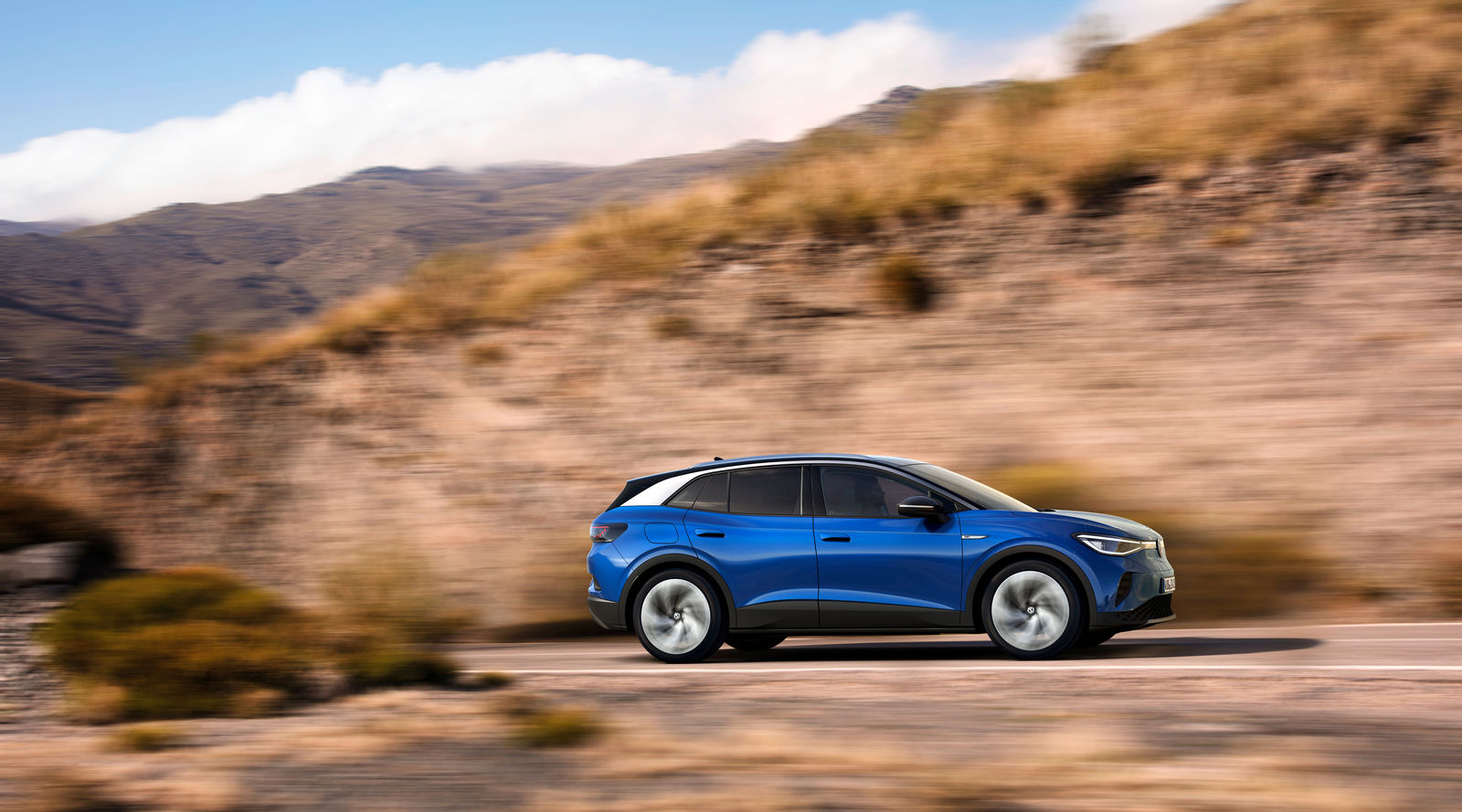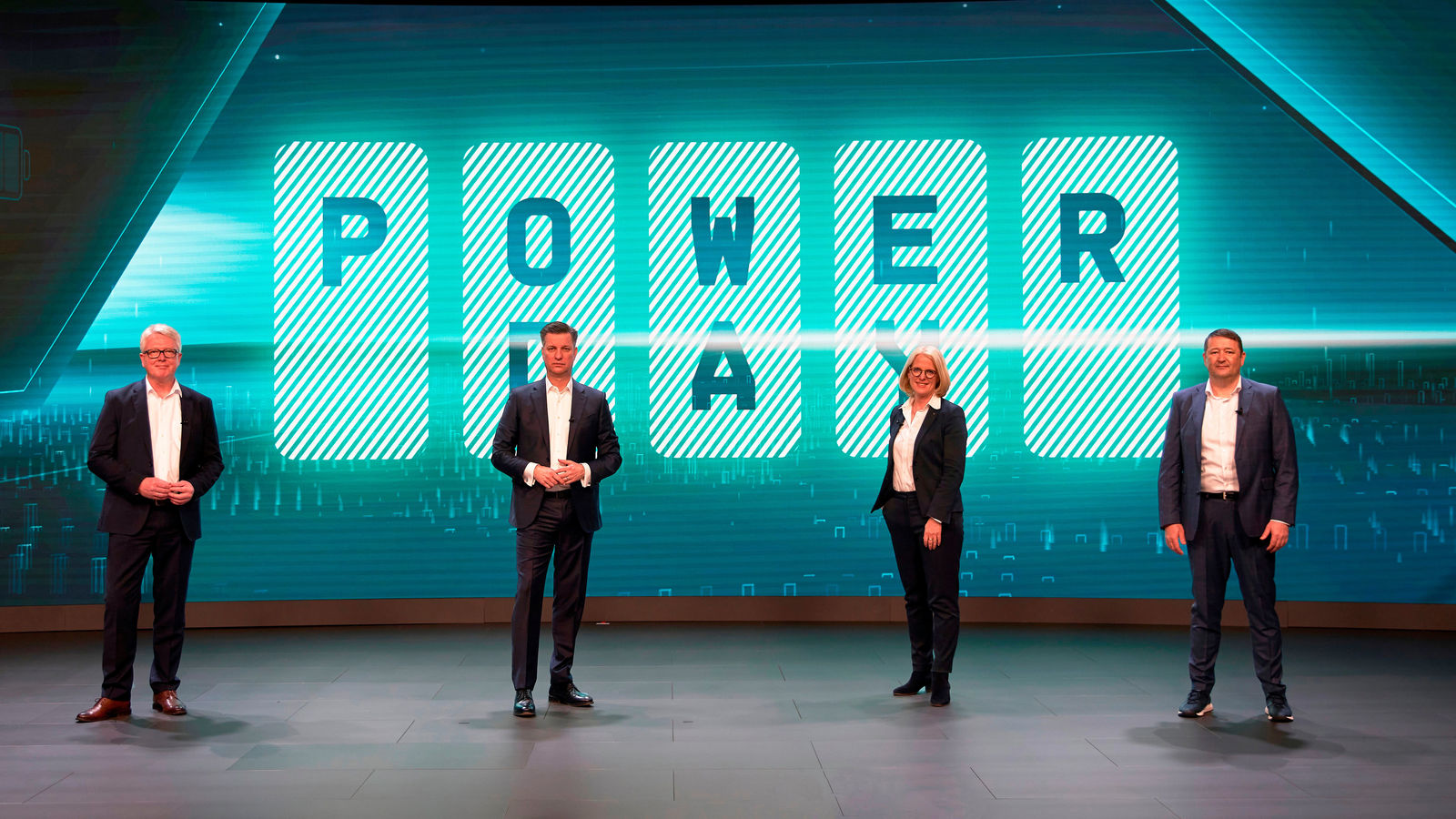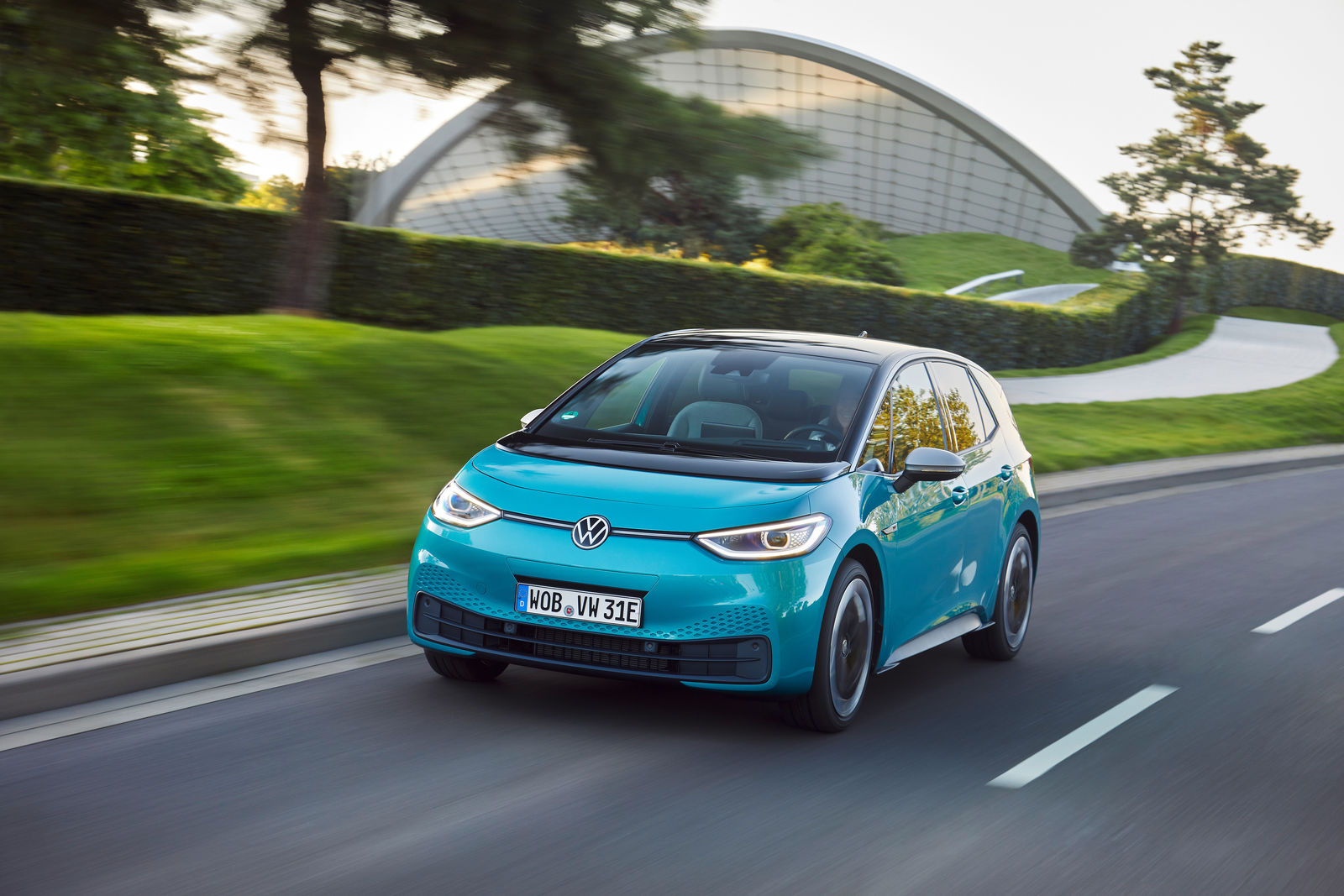You say that electric car batteries will make great progress in the coming years. What makes you so sure?
I expect leaps in development in two crucial areas. Firstly, in the storage materials that absorb the energy. A lot is happening here, especially on the anode side, where a composite of graphite and silicon could soon replace pure graphite. As silicon has a storage density that is ten times higher than graphite, the energy content of the batteries would therefore increase significantly. Secondly, improvements are being made to battery design. Specifically, future battery systems could hold significantly more storage material while remaining the same size. This is a critical factor in providing longer ranges.
What is the disadvantage of today’s battery architecture?
Current standard design produces battery systems in which the actual storage material only accounts for 25 to 30 percent of the total content. The rest is accounted for by the housing, packaging and additives. We will see great progress here. Future battery systems will be designed more efficiently and the share of storage material could almost double. This would increase the energy content and reduce the costs of production. I am pretty sure that this will lead to a leap in improvements.
What role does the much-anticipated solid-state battery play?
The solid-state battery offers the option of replacing the graphite at the negative terminal with metallic lithium, which would increase the range by 30 to 40 percent. This is why the technology is regarded as the Holy Grail of battery research. I also see opportunities, but uncertainties remain because solid-state batteries do not yet exist in an industrial form. I can imagine other open questions on the cost side, for example.





